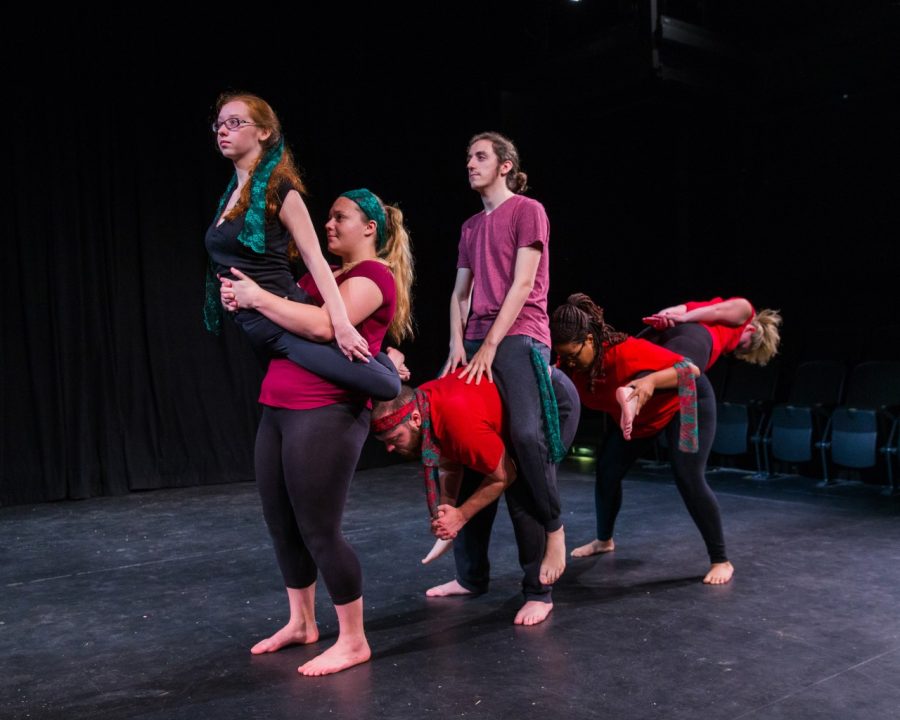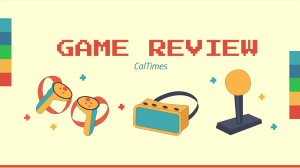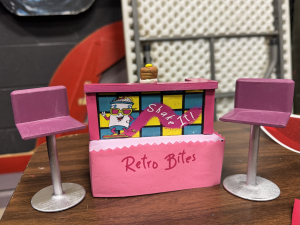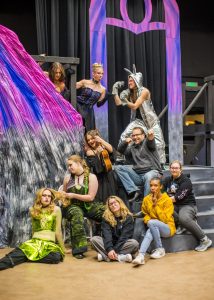The First Year Students take stage with ‘Red Horse’
November 19, 2018
The first-year show is twenty-two-year-old tradition in Cal U’s Theatre department. It introduces the Freshman and transfer students to the department, Steele Hall, and what performing is like here at California University of Pennsylvania. However, the production broke from tradition this year by doing something completely unique to the department. Red Horseis a devised physical theatrical experience based on the Mabou Mines’ The Red Horse Animation. The Red Horse Animation was released in the 1970s, and its devised performance was eventually adapted into a visual script, similar to a graphic novel. Dr. John Paul Staszel, an alumnus and faculty member of California University of Pennsylvania, pursued devised and physical theatre in his own studies, and is now using that knowledge and the adapted script to create something truly unique for students and the community to experience.
Devised theatre is a sub-genre of contemporary theatre that focuses less on a text and more on an organic process, highlighting the bodies and movement of the ensemble. It’s often less concerned a linear and clear narrative and more based around abstractedness, surrealism, and thought. The ensemble of cast members has to work in complete synchronization and unity to create images and visual architecture. Design elements can then be incepted and implemented once the cast and director have created the framework of their art.
This production was inspired both by the original The Red Horse Animation, and director Dr. John Paul Staszel’s first reimagining, The Red Horse Imagination, which he conceived during his post-graduate studies at Bowling Green State University. Red Horselooks at dreams, trauma, and how we as sentient and conscious human beings try to incorporate our own understanding into those things. There is an event in the show where a rider falls of his horse while delivering a message, and through the movement and architecture, the audience feels similar sensation as that of a dreamer. I had the fortunate privilege of being trained by Dr. Staszel and assisting in the first few weeks of movement training. This access gave me a glimpse into the process, and what these students had to learn to be able to present this beautiful piece of physical art.
The first tenet of this discipline that they learned was the importance of consent. Before any physical touch or interaction happened between two actors, they had to first ask specific permission for where they were touching and with what part of their body, they would be touching them. For example, when I had to hold the lower back of one of the transfer students, I had to ask, “May I touch your lower back with your hands?” This idea of consent is a piece of a larger and overarching necessity of this kind of work, which is trust. For these students to be lifting themselves in the air, flipping each other over their backs, and launching them into the arms of other students, trust must be the strong foundation
This trust seeped out of the production and into the personal lives of these students. After each of the public performances, a talkback was held with the cast and crew to talk about the show, the process, and the life of being a first-year theatre major. A consistent answer through all of these talkbacks, by many of the student-actors, was that the nature of this production not only changed their expectations of theatre and of their own bodies, but united and bonded the cast in genuine ways. These castmates are true friends, and that kind of bond made the collective experience even more inspiring to watch. In my four viewing of this mesmerizing show, my emotion transitioned from wonder to respect to understanding to inspiration. There was something so special seeing a performance bond knowing that these actor’s have created something no one will ever see again, and that led to genuine long-lasting friendships. It is a highlight in an over two decades long tradition.





